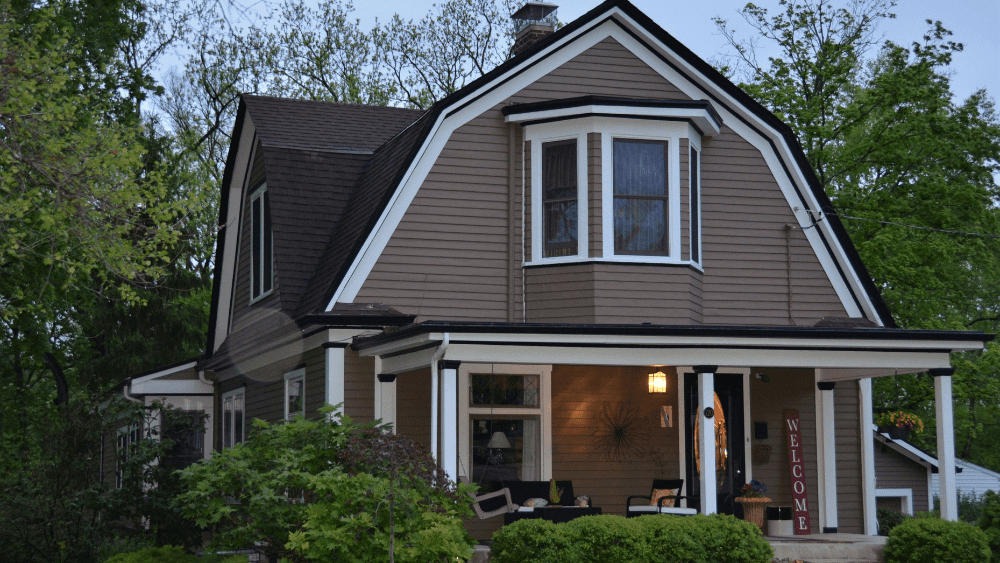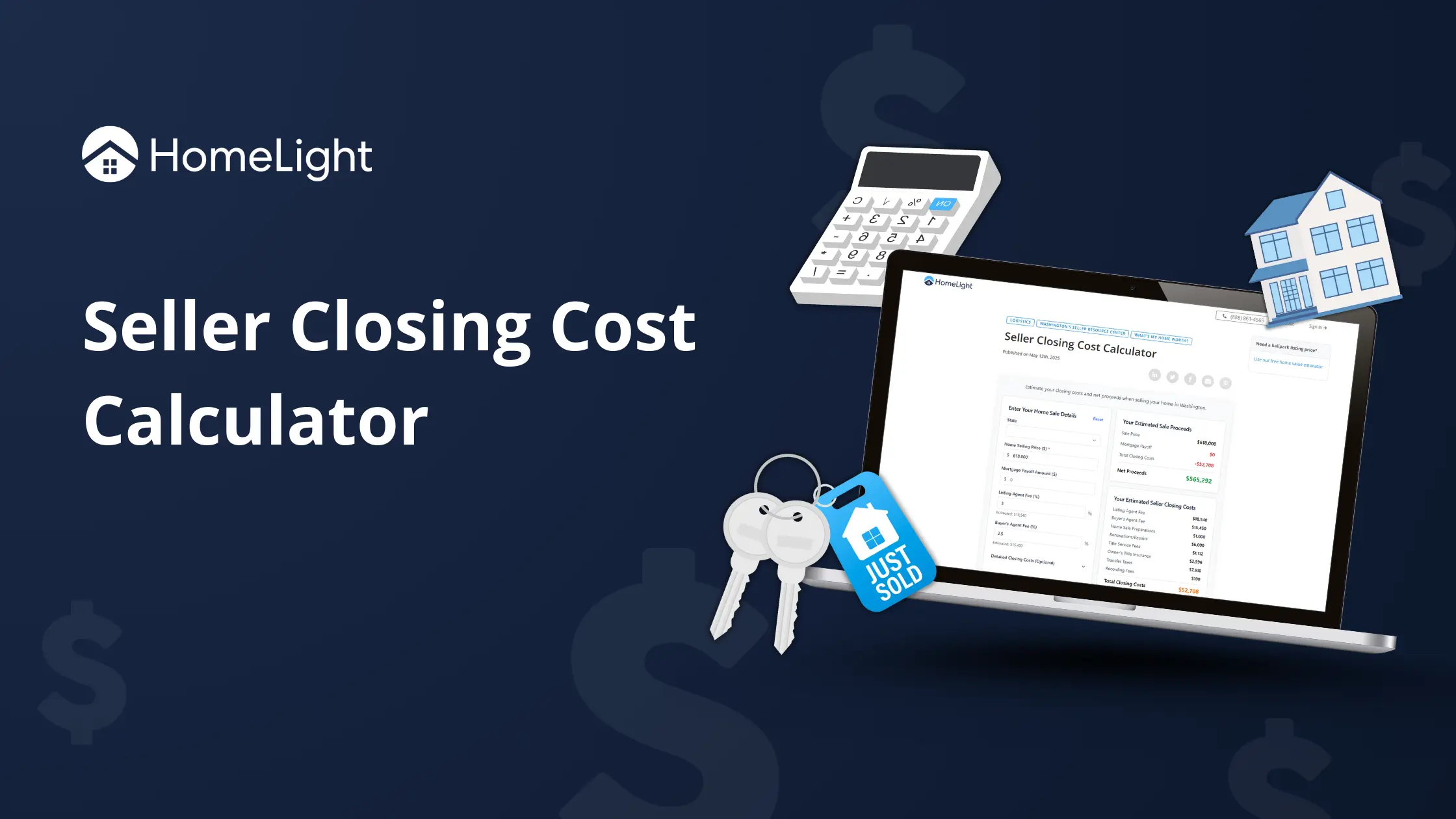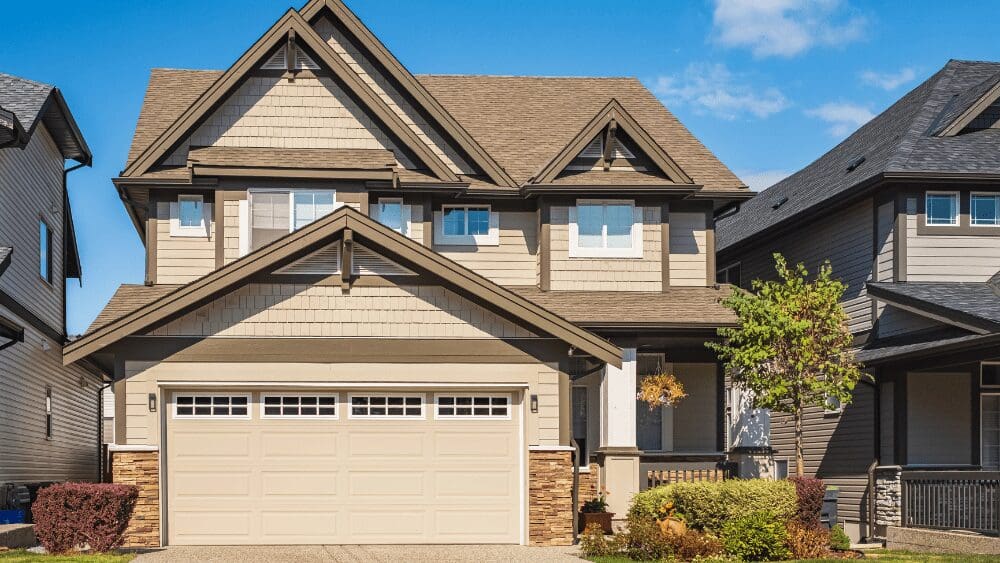
For many of us, owning “real estate” isn’t about being an investor; it’s about owning a home — a place to live. Yes, it’s an investment, but when you consider the question, “What is real estate?” the average person likely sees it as something very personal — a slice of the American dream. If you’re looking to buy or sell real estate as it relates to a family home, your concerns are different than those of an investor. This guide explains what real estate might mean for you, the different types of properties, and why homeownership matters. You’ll also find helpful insights into our evolving housing market. At its core, real estate refers to land and any permanent structures built on it — whether homes, office buildings, factories, or open land. It’s a broad term that covers everything from single-family houses to skyscrapers and plays a major role in the economy. Real estate can typically be divided into four main categories: This includes properties designed for people to live in. The most common types are: These properties are used for business activities, such as: This sector includes properties for manufacturing, warehousing, and logistics. Examples include: Undeveloped or “raw” land that may be used for future construction, farming, or conservation. Owning a home is a major life-changing milestone, but it’s also a financial decision that comes with long-term benefits — and long-term responsibilities. Here’s why homeownership remains a cornerstone of financial security for many Americans: However, homeownership also comes with costs — mortgage payments, maintenance, property taxes, and insurance. On the other side of the table, selling a home comes with worries, work, and risks. Fortunately, there are teams of real estate professionals who specialize in helping buyers and sellers find solutions, but it may feel daunting to find the experts who are right for you. (More on this later in our post.) The concept of homeownership has evolved over time, influenced by economic conditions, cultural shifts, and changes in the real estate market. While owning a home has long been considered part of the American Dream, today’s housing landscape looks different than it did for previous generations. Here are a few key trends that have shaped homeownership in recent years: The table below illustrates U.S. homeownership rates over the past 65 years: Despite these changes, homeownership remains a long-term goal for many Americans. However, buyers today face high interest rates, affordability challenges, inventory shortages, and competitive markets. Here is a chart showing how median home prices have changed between decades since 1960: As you can see, the U.S. median home price at the end of 2024 was $419,200. This represents the “middle price” of all homes sold. However, your local median home price may be very different. A house in an expensive market like San Francisco will have a much higher median than one in a more affordable city. For comparison, here are median home sale price examples in 12 major metro markets throughout the nation: If you’re curious about the median home price where you live, you can start by searching the internet. The best sources are often local Realtor Associations. World Population Review hosts a map featuring median home prices in each state.What is real estate?
1. Residential real estate
2. Commercial real estate
3. Industrial real estate
4. Vacant land
Why does real estate as homeownership matter?
How has homeownership changed over the years?
Year Homeownership rate Median home price 1960 61.9% $11,900 1970 62.9% $22,600 1980 64.4% $66,400 1990 64.2% $121,500 2000 66.2% $172,900 2010 65.1% $224,300 2020 66.6% $338,600 2025 65.7% $419,200 How have home prices changed over the years?



